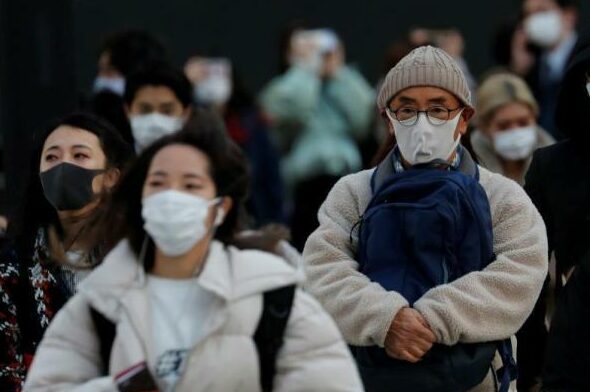February 9th According to a report by Japan Kyodo News Agency, from February 8, the Tokyo Metropolitan Government of Japan, through electronic plates around the main hub stations, released the situation of people going out during the day as a response to avoid the three-secret (closed, dense, close contact) of the downtown city.
It is reported that the electronic card shows the rise and fall of the January 2020 average before the epidemic spread after 12 noon local time on the same day.
The government focuses on the situation that the flow of people in many places has not decreased during the day, aiming to promote the reduction of people’s travel.
According to the report, the electronic license plate display location is around four stations, Shinjuku, Shibuya, Ikebukuro and Shinbashi, with a total of 10 stations.
In the future, it will be expanded to 30 in turn. In conjunction with the home time, electronic cards are also displayed at 6 p.m. local time.
Around 6 p.m. local time on the 8th, the screen of the underground square at Xikou of JR Shinjuku Station showed that the traffic flow was “25% reduced”. But before that, the government called for a 70% reduction in attendance.
An employee of Yokohama City Company said: “I really feel that the flow of people has not decreased. Less attendance cannot be achieved without fundamental changes in the way we work.”
Earlier at a regular press conference on February 5, Yuriko Koike, the governor of Tokyo, stressed in announcing the launch of the project: “In order to further reduce the number of new infections, it is necessary to control the daytime flow.”



